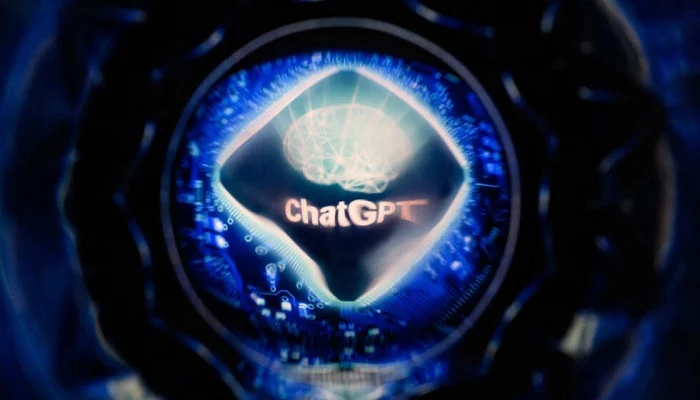The White House is hosting its first meeting with the CEOs of Google, Microsoft, Anthropic and OpenAI, to discuss the risks of the revolutionary technology, as the Biden administration plans to put its weight behind the safe development of this innovation, Washington Post reported.
The White House in a statement said it would host CEOs of top artificial intelligence companies on Thursday to discuss risks and safeguards as the technology catches the attention of governments and lawmakers globally.
According to Washinton Post, the White House is convening the executives after President Biden warned that companies have a responsibility to make sure artificial intelligence products are safe before they’re released.
Generative artificial intelligence has become a buzzword this year, with apps such as ChatGPT capturing the public’s fancy, sparking a rush among companies to launch similar products they believe will change the nature of work.
Millions of users have begun testing such tools, which supporters say can make medical diagnoses, write screenplays, create legal briefs and debug software, leading to growing concern about how the technology could lead to privacy violations, skew employment decisions, and power scams and misinformation campaigns.
“We aim to have a frank discussion about the risks we see in current and near-term AI development,” said a senior administration official, speaking on the condition of anonymity because of the sensitivity of the matter. “Our North Star here is this idea that if we’re going to seize these benefits, we have to start by managing the risks.”
Thursday’s meeting will include Google’s Sundar Pichai, Microsoft’s Satya Nadella, OpenAI’s Sam Altman and Anthropic’s Dario Amodei along with Vice President Kamala Harris and administration officials including Biden’s Chief of Staff Jeff Zients, National Security Adviser Jake Sullivan, Director of the National Economic Council Lael Brainard and Secretary of Commerce Gina Raimondo.
Ahead of the meeting, the administration announced a $140 million investment from the National Science Foundation to launch seven new AI research institutes and said the White House’s Office of Management and Budget would release policy guidance on the use of AI by the federal government.
Leading AI developers, including Anthropic, Google, Hugging Face, NVIDIA, OpenAI, and Stability AI, will participate in a public evaluation of their AI systems at the AI Village at DEFCON 31 – one of the largest hacker conventions in the world – and run on a platform created by Scale AI and Microsoft.
Shortly after Biden announced his reelection bid, Republican National Committee produced a video featuring a dystopian future during a second Biden term, that was built entirely with AI imagery.
Such political ads are expected to become more common as AI technology proliferates.
United States regulators have fallen short of the tough approach European governments have taken on tech regulation and in crafting strong rules on deep fakes and misinformation that companies must follow or risk hefty fines.
“We don’t see this as a race,” the administration official said, adding that the administration is working closely with the US-EU Trade & Technology Council on the issue.
In February, Biden signed an executive order directing federal agencies to eliminate bias in their use of AI. The Biden administration has also released an AI Bill of Rights and a risk management framework.
Last week, the Federal Trade Commission and the Department of Justice’s Civil Rights Division also said they would use their legal authorities to fight AI-related harm.
Tech giants have vowed many times to combat propaganda around elections, fake news about the COVID-19 vaccines, racist and sexist messages, pornography and child exploitation, and hateful messaging targeting ethnic groups.
But they have been unsuccessful, research and news events show. Just about one in five fake news articles in English on six major social media platforms were tagged as misleading or removed, a recent study by activist NGO Avaaz found, and articles in other European languages were not flagged.


 Entertainment2 days ago
Entertainment2 days ago
 Latest News2 days ago
Latest News2 days ago
 Latest News2 days ago
Latest News2 days ago
 Latest News2 days ago
Latest News2 days ago
 Latest News2 days ago
Latest News2 days ago
 Entertainment2 days ago
Entertainment2 days ago
 Latest News2 days ago
Latest News2 days ago
 Business23 hours ago
Business23 hours ago























